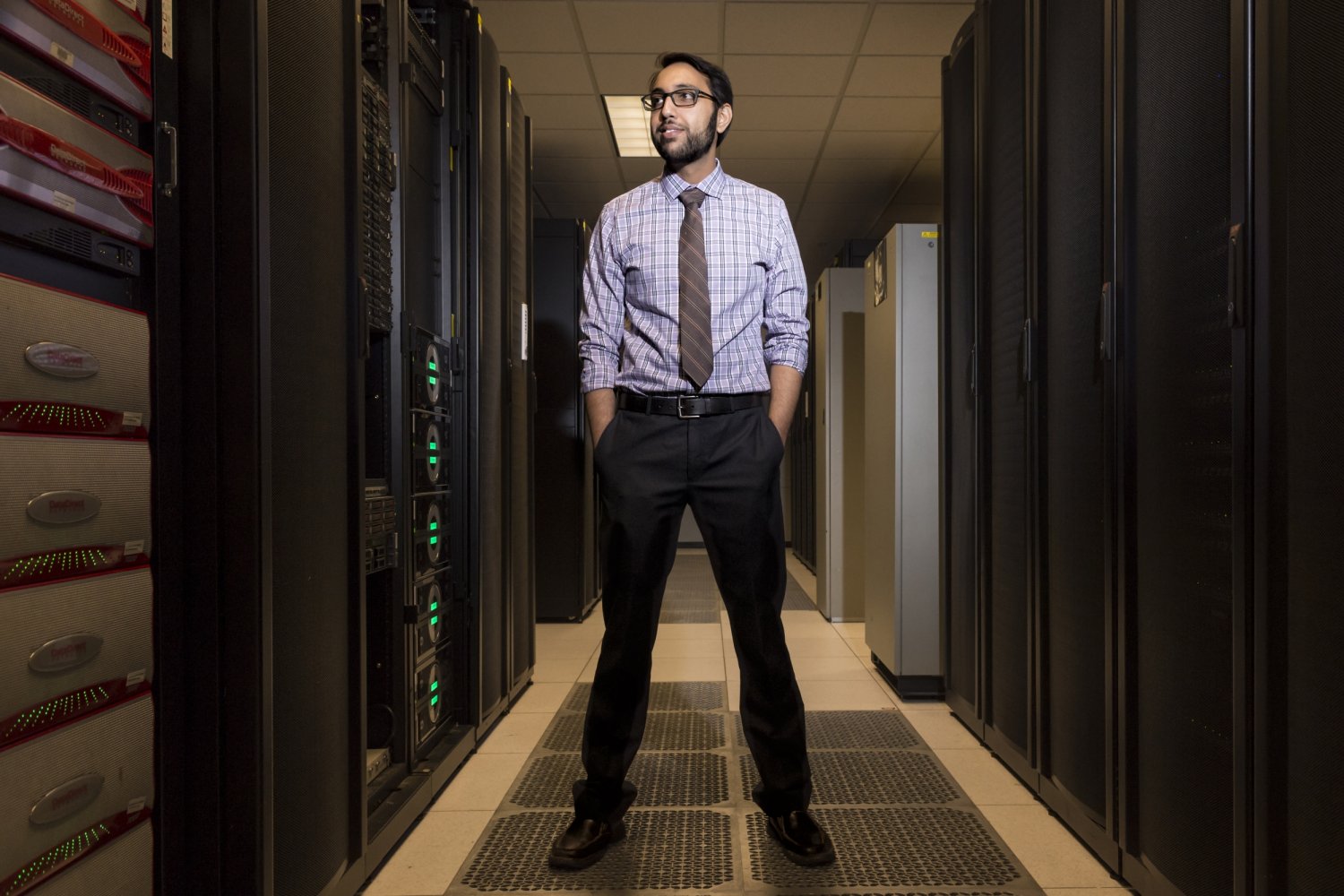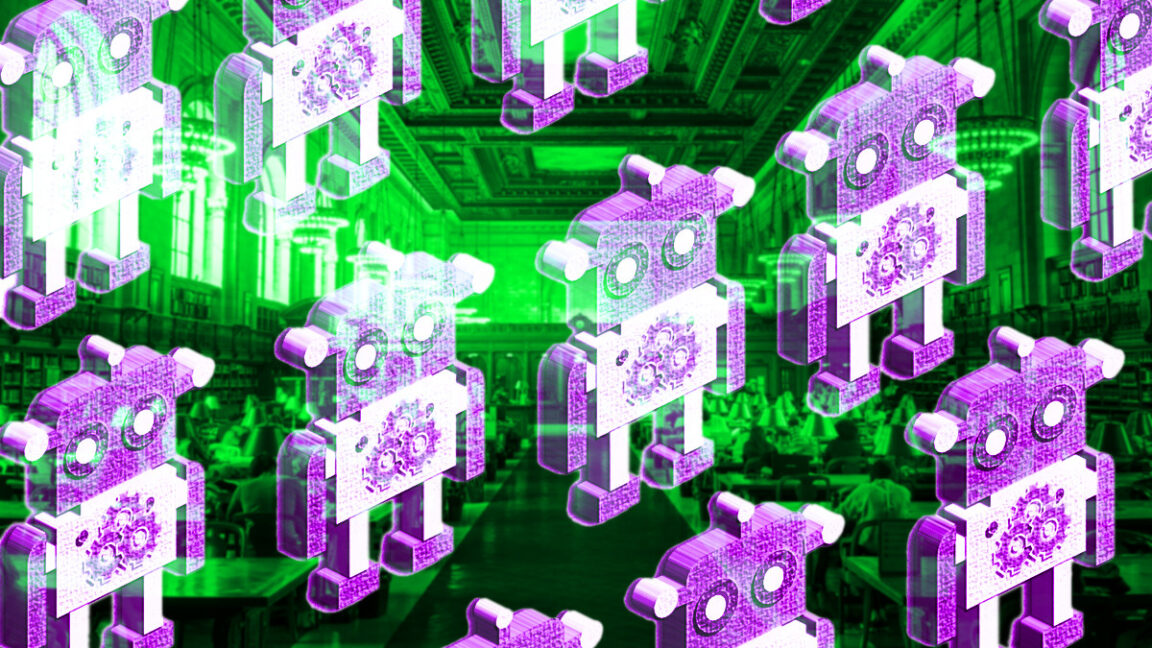Generative AI and its Hidden Environmental Impact
Q: What Trends are You Seeing in Terms of How Generative AI is Being Used in Computing?
Generative AI uses machine learning (ML) to create new content, like images and text, based on data that is inputted into the ML system. At the Lincoln Laboratory Supercomputing Center, we design and build some of the largest academic computing platforms in the world, and over the past few years we’ve seen an explosion in the number of projects that need access to high-performance computing for generative AI. We’re also seeing how generative AI is changing all sorts of fields and domains — for example, ChatGPT is already influencing the classroom and the workplace faster than regulations can seem to keep up.
Q: What Strategies is the LLSC Using to Mitigate this Climate Impact?
We’re always looking for ways to make computing more efficient, as doing so helps our data center make the most of its resources and allows our scientific colleagues to push their fields forward in as efficient a manner as possible.
As one example, we’ve been reducing the amount of power our hardware consumes by making simple changes, similar to dimming or turning off lights when you leave a room. In one experiment, we reduced the energy consumption of a group of graphics processing units by 20% to 30% with minimal impact on their performance by enforcing a power cap. This technique also lowered the hardware operating temperatures, making the GPUs easier to cool and longer lasting.
Another strategy is changing our behavior to be more climate-aware. At home, some of us might choose to use renewable energy sources or intelligent scheduling. We are using similar techniques at the LLSC — such as training AI models when temperatures are cooler, or when local grid energy demand is low.
We also realized that a lot of the energy spent on computing is often wasted, like how a water leak increases your bill but without any benefits to your home. We developed some new techniques that allow us to monitor computing workloads as they are running and then terminate those that are unlikely to yield good results. Surprisingly, in a number of cases we found that the majority of computations could be terminated early without compromising the end result.
Q: What’s an Example of a Project You’ve Done that Reduces the Energy Output of a Generative AI Program?
We recently built a climate-aware computer vision tool. Computer vision is a domain that’s focused on applying AI to images; so, differentiating between cats and dogs in an image, correctly labeling objects within an image, or looking for components of interest within an image.
In our tool, we included real-time carbon telemetry, which produces information about how much carbon is being emitted by our local grid as a model is running. Depending on this information, our system will automatically switch to a more energy-efficient version of the model, which typically has fewer parameters, in times of high carbon intensity, or a much higher-fidelity version of the model in times of low carbon intensity.
By doing this, we saw a nearly 80% reduction in carbon emissions over a one- to two-day period. We recently extended this idea to other generative AI tasks such as text summarization and found the same results. Interestingly, the performance sometimes improved after using our technique!
Q: What Can We Do as Consumers of Generative AI to Help Mitigate its Climate Impact?
As consumers, we can ask our AI providers to offer greater transparency. For example, on Google Flights, I can see a variety of options that indicate a specific flight’s carbon footprint. We should be getting similar kinds of measurements from generative AI tools so that we can make a conscious decision on which product or platform to use based on our priorities.
We can also make an effort to be more educated on generative AI emissions in general. Many of us are familiar with vehicle emissions, and it can help to talk about generative AI emissions in comparative terms. People may be surprised to know, for example, that one image-generation task is roughly equivalent to driving four miles in a gas car, or that it takes the same amount of energy to charge an electric car as it does to generate about 1,500 text summarizations.
There are many cases where customers would be happy to make a trade-off if they knew the trade-off’s impact.
Conclusion
Mitigating the climate impact of generative AI is one of those problems that people all over the world are working on, and with a similar goal. We’re doing a lot of work here at Lincoln Laboratory, but it’s only scratching at the surface. In the long term, data centers, AI developers, and energy grids will need to work together to provide “energy audits” to uncover other unique ways that we can improve computing efficiencies. We need more partnerships and more collaboration in order to forge ahead.
FAQs
If you’re interested in learning more, or collaborating with Lincoln Laboratory on these efforts, please contact Vijay Gadepally.











